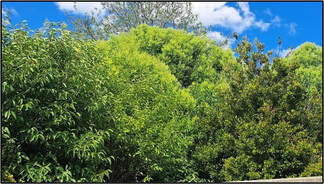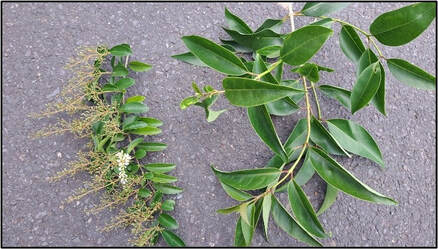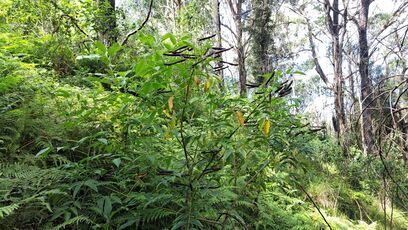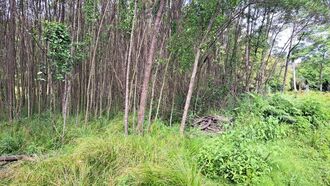|
|
Removal (small infestations):
|
 Broad leaf privet
Broad leaf privet
 Left - Small leaf, Right - Large leaf
Left - Small leaf, Right - Large leaf
|
Some trees are also weeds in SE NSW.
Control is by cut and poison the stumps. For all species except Honey Locust, seedlings are best control by selective spraying with glyphosate or metsulfuron. Honey Locust requires either fluropyxr or picloram/triclopyr. |
|


Location |
© 2022
|
